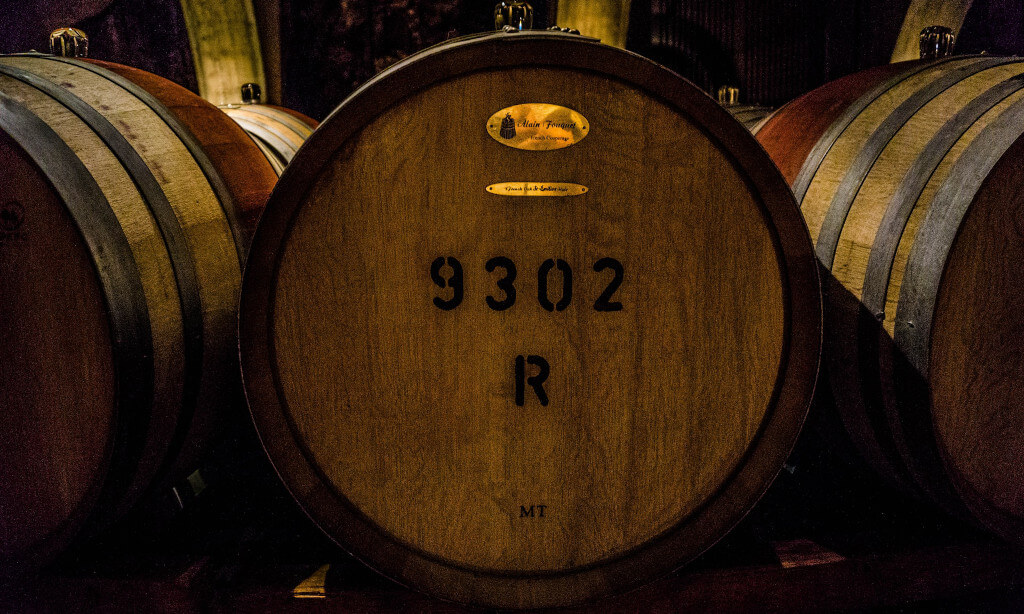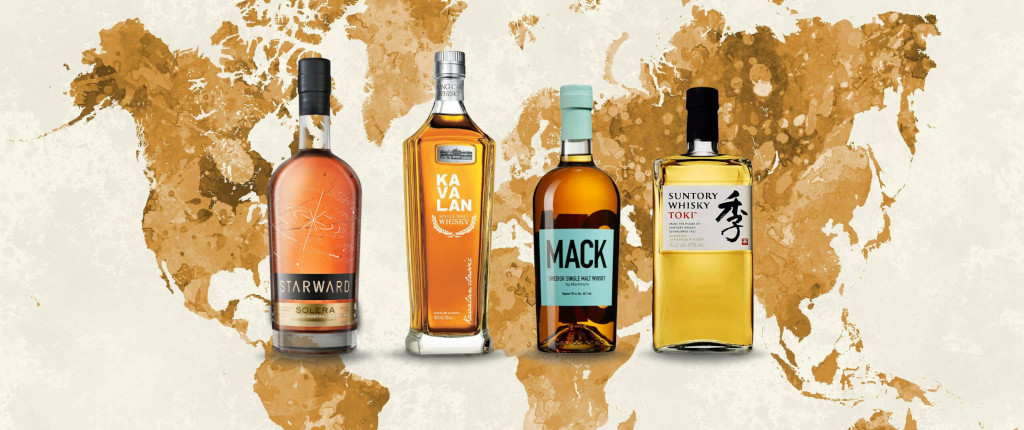Single malt whiskey, sometimes known as “single malt,” is whiskey produced by a single distillery. On the other hand, blended whiskey is the result of the expert blending of various single malt and grain whiskies. The best approach to figuring out whether you like better is to try both and see which one hits the spot. You might find a single malt with a flavor you won’t find elsewhere, or you might appreciate the way a well-blended whiskey combines flavors from all over.
The Difference Between “Single Malt” and “Blended” Whiskies
Whiskey Blends: What Are They?
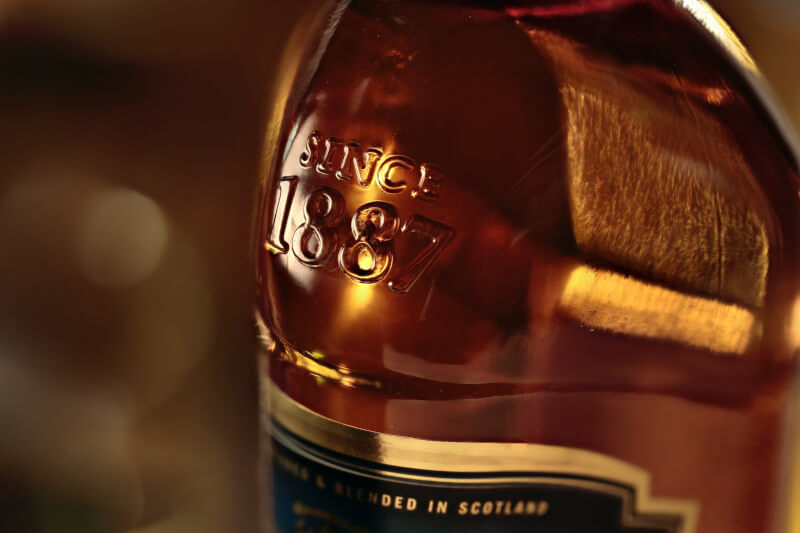
What needs to be established is that mix can be used in both a colloquial sense and a more formal, legal sense. A blend is an amalgamation of two or more whiskies that are bottled together and sold as a single product. However, according to the rules, blended whiskey must be a combination of malt and grain whiskies that have been matured in oak barrels.
It’s a frequent fallacy that if a bottle of whiskey is labeled “single malt,” it must have come from a single barrel. That is not the case. As you’ll see, most single malts are blends in the manner that they contain more than one type of whiskey.
In What Beverages Does Blended Whiskey Stand Out?
There are lots of whiskey fans who would rather mix their spirits into a wonderful cocktail than sip on blended whiskey with little more than an ice cube. Here are five of the most popular mixed drinks made with blended whiskey (all of which can be enjoyed neat or over ice).
- Mix equal parts of blended Scotch whiskey, sweet vermouth, and bitters for this traditional drink, the Manhattan. It was first served in the late 1800s, but you may still find it on the menus of many modern eateries.
- Whiskey, sugar, bitters, and a touch of orange or lemon peel go into making the Old Fashioned, a classic cocktail. Its robust simplicity is why so many people adore it.
- A mixture of blended Scotch whiskey and Drambuie, the Rusty Nail is a popular cocktail. Its heyday was the 1970s, but in recent years we’ve seen a revival of its popularity.
- A mixture of blended Scotch whiskey and amaretto, The Godfather is a popular cocktail. Many drinkers compare the flavor to an almond cookie in liquid form.
- The Rob Roy is a variation on the Manhattan that uses blended Scotch whiskey, sweet vermouth, and bitters to create a drink that is uniquely Scottish. Scotch whiskey fans adore it for its complex taste.
Can You Define a Single-Malt Whiskey?
Single-distillery Whiskies Are the Focus Here
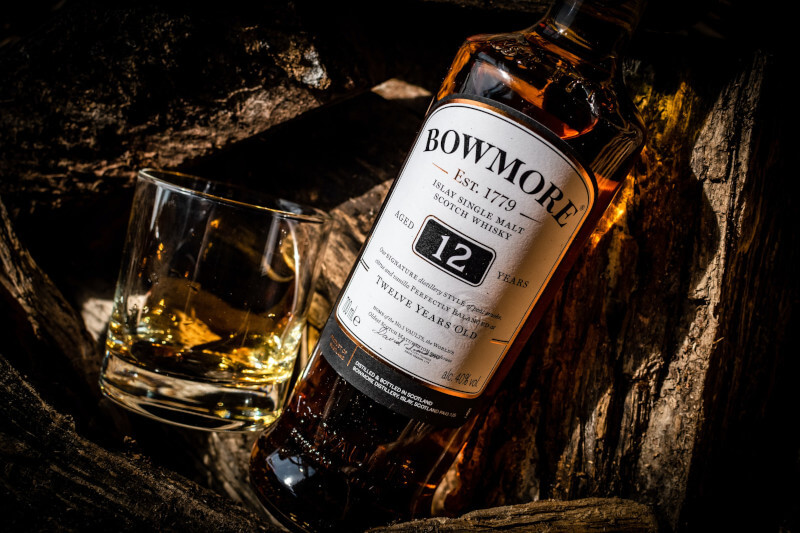
The word “single” alone is the source of all the confusion. All that can be said about a single-malt scotch whiskey is that it comes from a single distillery. Not from a specific barrel or batch, but rather from a certain distillery. Single-malt Lagavulin will only ever be made with whiskey from the Lagavulin distillery, and it may be a blend of whiskies from several different barrels.
The sole difference between a single-grain scotch whiskey and a whiskey made from malted barley is the addition of wheat or maize. Again, the word “single” is deceptive because it does not mean the product was distilled from a single grain but rather that it was produced in a single distillery.
Single Malt Whiskey VS. Blended Whiskey, in Terms of Flavor
The flavor profiles of single malt and blended whiskey are remarkably dissimilar. Single malt whiskey, unlike blended whiskey, is made entirely of malted barley and is distilled only once. This gives it a richer, more nuanced flavor than blended whiskey. Most whiskey drinkers find blended whiskey to be more approachable because it is made from a combination of different types of whiskey, including single malt and single grain whiskies (for more on biodynamic whiskey, see our previous post). The contrast in flavor is striking when compared with a single serving. Many people choose single malt whiskey because of its supposedly deeper flavor and longer aftertaste.
Blended whiskey, on the other hand, tends to be less robust and more delicate in flavor. Blended whiskey makes it more difficult to pick out the distinct flavors of individual brands or distilleries. Ultimately, it’s up to you to decide which whiskey you like most. If you’re trying to expand your whiskey horizons, we advise beginning with a blended variety and progressing to single malt.
Costs and Buyer Preferences
Traditional low-cost mixes can sometimes give the best price/performance trade-off for many casual customers. A blend is a combination of different types of whiskey, usually malt and grain, and is a common descriptor for scotch. The proportions of grain whiskey and malt whiskey will change depending on the brand and expression, but these blends almost always feature grain whiskies as the primary component.
Have you ever baked using both artificial and real vanilla extract? The natural extract has all the flavor and aroma of vanilla, whereas the synthetic form only has the main chemical component. A little percentage of natural vanilla extract (say, 20%) can be added to synthetic vanilla, which is then sold. This usually does a good enough job that the end product doesn’t taste any different from using full extract. The grain whiskey in question here is still whiskey, so the comparison isn’t perfect. However, this doesn’t shed light on why mixes are the industry’s primary product.
Again, however, there should be exceptional blended whiskies available, just as there are numerous exceptional single malts. Even if single malts exist to meet the demand for premium spirits, it may be difficult to track one of these down. Therefore, the majority of blends aim at the cheap part of the price spectrum. However, I see no reason why high-quality blends can’t be developed, and I urge readers to venture out into the foreign whiskey market in search of exceptional examples. You don’t even have to travel that far: several blended Irish whiskies have widespread acclaim among whiskey connoisseurs.
What’s the Best One to Stock Your Bar With?
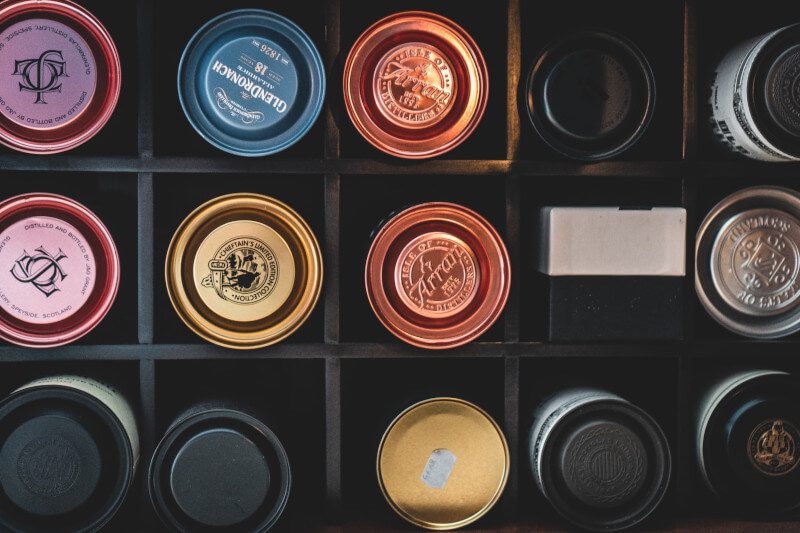
Every one! But if you really must pick one, it comes down to individual taste. Single malt whiskey is favored by certain whiskey enthusiasts, whereas complex blended whiskey is favored by others. If you want to know whether whiskey is superior, you should taste both kinds and see which one you prefer. Since whiskey is so subjective, we think you’ll enjoy exploring all of our offerings even if you’re not a seasoned connoisseur.



